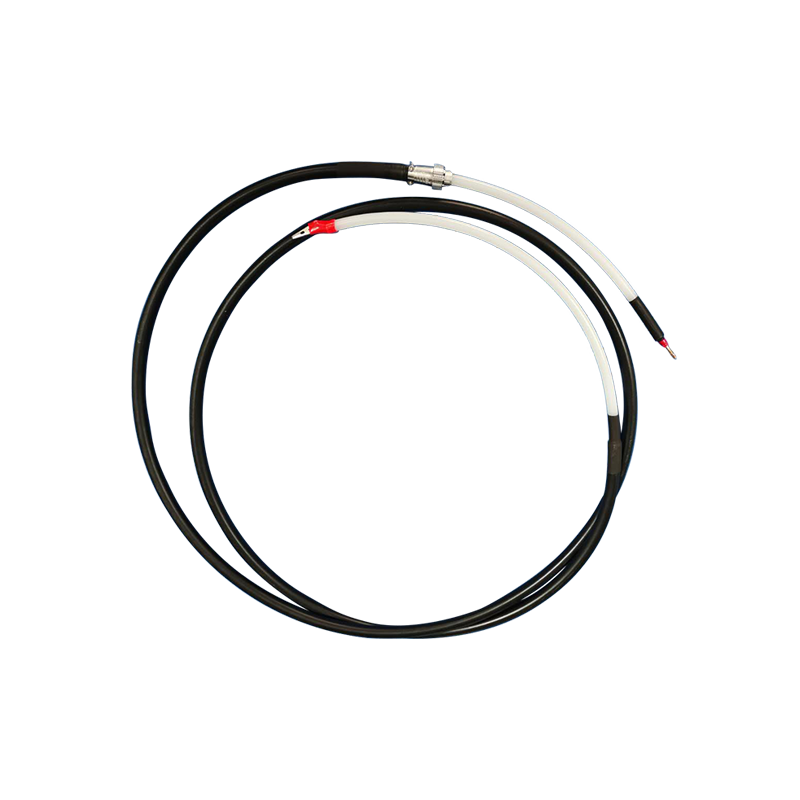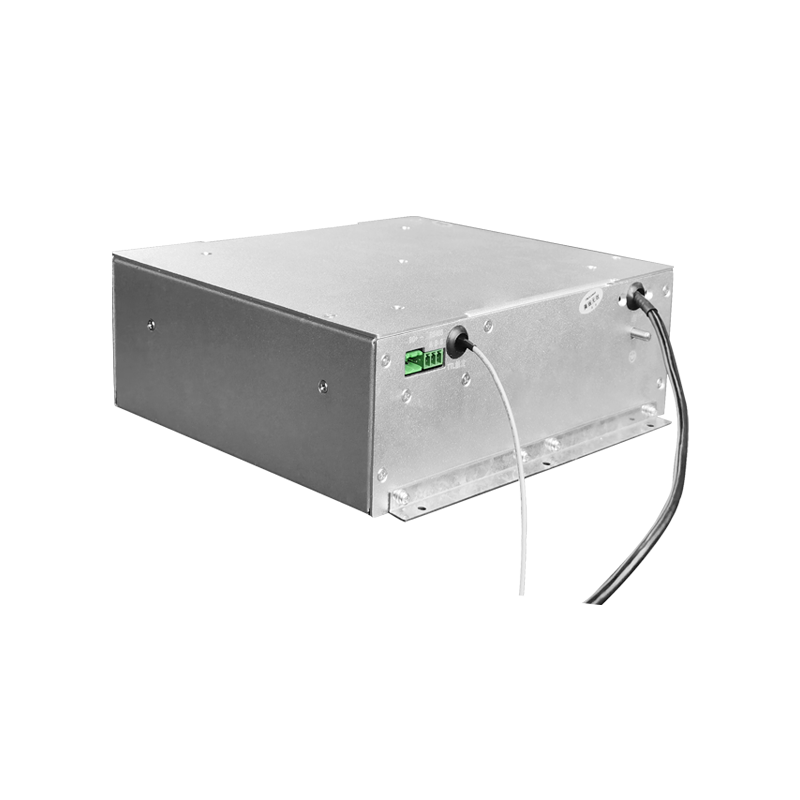Noise Spectrum Analysis and Novel Denoising Strategies for Linear High-Voltage Power Supplies
Linear high-voltage power supplies are prized for low noise and high precision, but as their output power and bandwidth increase, internal noise sources become more complex. An understanding of the noise spectrum is essential for devising targeted suppression strategies. The challenge is to suppress multiple types of noise—thermal, 1/f, and coupling noise—without degrading regulation performance or stability.
First, a comprehensive noise spectrum measurement is conducted using low-noise instrumentation. The output is recorded over a broad frequency band (from millihertz to megahertz) to capture low-frequency drift, flicker noise, midband noise, and high-frequency interference. Analysis often reveals 1/f noise dominating at low frequencies, broadband white noise in mid frequencies, and discrete spurs in higher bands from reference circuits or coupling.
To mitigate 1/f noise, voltage reference and amplifier stages use chopper-stabilized or auto-zero architectures, effectively canceling offset drift and low-frequency flicker noise. For midband noise, multi-stage low-pass and band-stop filters (active and passive) are combined, carefully designed with damping to avoid resonances.
High-frequency noise (such as switching coupling or electromagnetic interference) is suppressed by layout optimization: tight component placement, low-inductance paths, multilayer shielding, and ground plane partitioning. Differential amplifier stages and isolation techniques decouple high-voltage sections from control loops. In addition, active noise cancellation loops may be used: a sampled portion of the high-frequency output noise is inverted and injected into a compensation node, nulling the interference.
Another advanced strategy is adaptive filtering in the digital domain: the control DSP tracks noise spectral signatures and dynamically tunes cut-off frequencies or filter coefficients so as to suppress fluctuating interference components without affecting the regulation bandwidth.
Finally, temperature compensation circuits monitor internal junctions and reference components. Because even minute thermal drift can shift amplifier behavior, real-time adjustment of bias currents or reference trimming helps keep the noise floor stable over temperature swings.
Together, this combination of spectral measurement, architecture-level noise reduction, active cancellation, and adaptive filtering yields linear high-voltage supplies with extended low-noise performance, fulfilling the most stringent demands of precision instrumentation and detection systems.




















